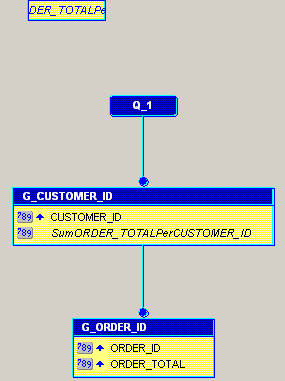
- GRAPHICAL ANALYSIS 3 COLUMN EQUATION HOW TO
- GRAPHICAL ANALYSIS 3 COLUMN EQUATION SOFTWARE
- GRAPHICAL ANALYSIS 3 COLUMN EQUATION PLUS
The changes will automatically display in the Google forms results graph. One can now customize the chart style, the format for axis titles, legends, gridlines, and ticks. On the Chart Editor, go to the ‘Customize’ tab. For this example, use a column graph or pie chart.

GRAPHICAL ANALYSIS 3 COLUMN EQUATION PLUS
With the plus sign, click the bottom right corner of the cell and drag it down across the rows as needed.The mouse cursor should turn into a plus (+) sign. Hover over the tiny box at the bottom right corner of the cell.Select the cell that has the ‘countif’ formula.Once entered, Google Sheets will offer to apply the formula in the following rows. Insert the ‘countif formula’ in the first cell of Column B. Then the named range and the cell address separated by a comma and enclosed within parentheses.Īs an example, it should look something like this: =countif(Age, A1). It also uses the cell address of the response to count (from the new sheet).

The formula for ‘countif’ uses the named range for reference (from the first sheet). It will count how many respondents chose a specific response in the selected range. This means it counts how many times a certain data occurred. In Google Sheets, the ‘countif’ function returns a conditional count across a specific range. Make sure that all the responses listed are the exact responses appearing in the Google Form. In Column A, list down all the possible answers or Google forms responses to the question highlighted in the first step.Create a new sheet in the spreadsheet by clicking ‘Add Sheet’ or the cross icon at the bottom left corner of the sheet.The words “True” and “False” are not valid, and nor are the “A1” and “R1C1” syntax. It must not have any spaces or punctuations or go beyond 250 characters. Remember, the name of the range can only contain alphanumeric characters and underscores. On the menu bar, go to ‘Data’ then click ‘Named ranges’.Highlight the question or column to graph by clicking the letter of the column.For example, if the question in the first cell of the column is “How old are you?”, then name it ‘Age’. Each question occupies a single column.įor this step, it’s necessary to name each column. The first row of the sheet shows the questions in the survey form. Naming a range of cells makes it easier to create formulas. Name Data RangeĪfter saving the Google forms responses in a Google spreadsheet, it’s time to set the data range. This makes it harder to measure and analyze. Using the Short Answer format yields high variability in data. Providing a set of possible answers enables faster processing of survey responses. Choose from multiple-choice, linear scale, checkbox, or a drop-down list. To generate a report from the survey results, use types of questions that provide a quantifiable and consistent variation of data.įor better analysis, it is helpful to make answering possible in one of the following ways.
GRAPHICAL ANALYSIS 3 COLUMN EQUATION HOW TO
How to Create a Google Forms Results Graph Select appropriate question types Note that it’s not possible to save responses from multiple forms into one sheet. The responses from each form are saved in a single Google sheet. Google Sheets allows users to save multiple form responses in one spreadsheet.

GRAPHICAL ANALYSIS 3 COLUMN EQUATION SOFTWARE
This web-based survey administration software is free and very simple to use.Īs well as surveys and quick polls, the data generated in Google Forms can create comprehensive reports and advanced visuals. Google Forms, a part of the Google Workspace software suite, is one of the most used survey tools online.


 0 kommentar(er)
0 kommentar(er)
